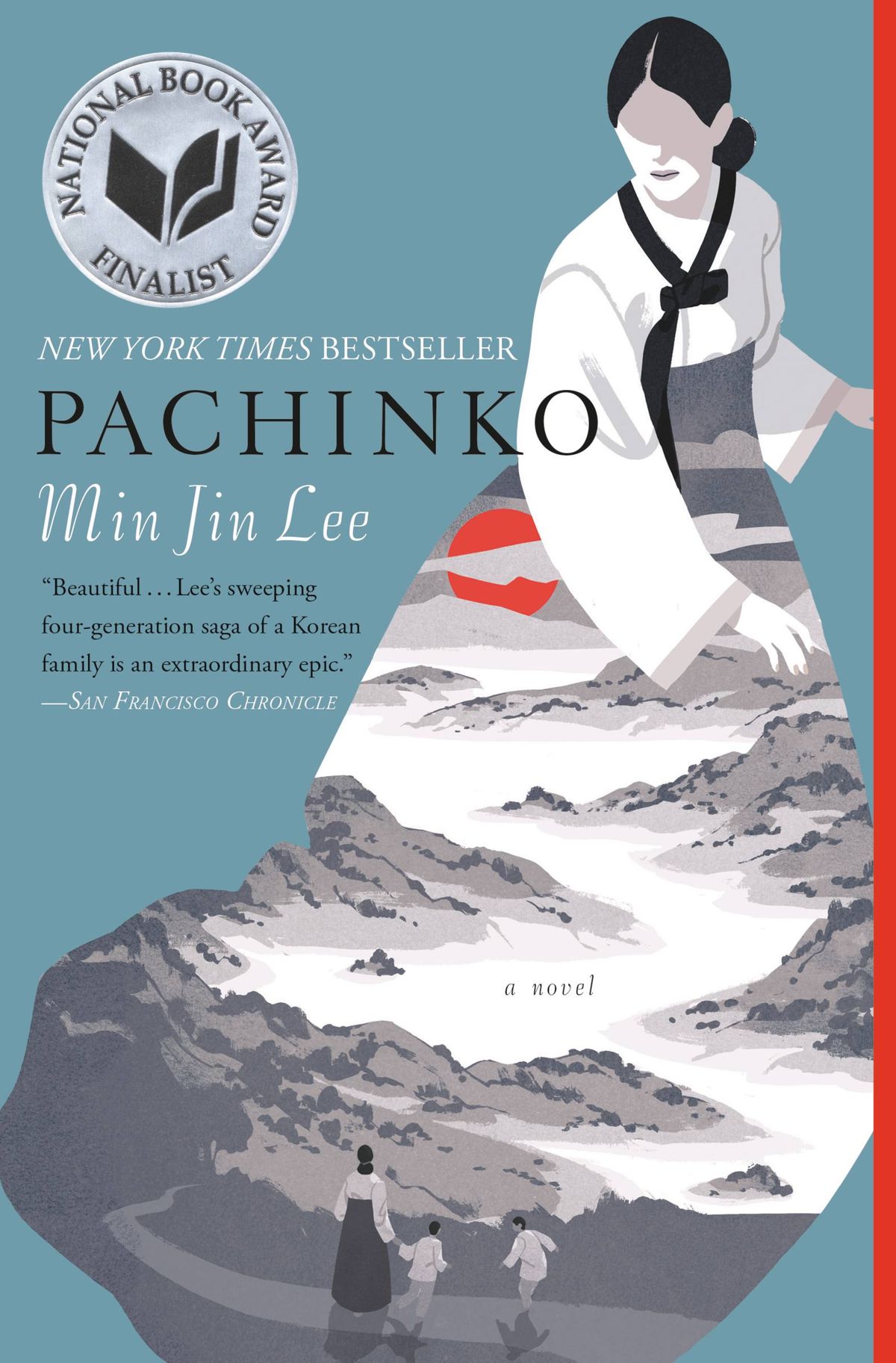Pachinko
by Min Jin Lee
February 7, 2017
ISBN 978-1455563920
“History has failed us, but no matter.” With this haunting opening line, author Min Jin Lee sets the tone for Pachinko—her sweeping, four-generational epic that closely follows a Korean family as they make a life for themselves in 20th century Japan. The novel focuses on the often overlooked and rarely discussed history of Korean immigrants in Japan and, through Lee’s frank prose, portrays the resilience of the story’s characters as they endure and thrive while living in a country hostile to their presence.
The novel’s main protagonist is Sunja, whose story first begins in the late 1910s when she is born to peasants living in the seaside village of Yeongdo, Korea. Only a few years before her birth, Japan annexed Korea, which has led to political unrest and growing resentment within the country. However, Sunja’s parents choose to remain apolitical and instead approach rising taxes and dwindling resources by turning their home into a boarding house. It is in this environment that Sunja grows up, and despite the hardships, Sunja is raised by her doting parents to become a hardworking and compassionate young woman.
However, Sunja’s simple life becomes tumultuous after she is pursued by a wealthy stranger and becomes pregnant. When Sunja informs her lover of her condition, he reveals that he is already married to a woman in Japan but would like to keep Sunja as his mistress. Stunned, Sunja refuses and instead marries a minister, Isak Baek, who is sympathetic to her plight. She accompanies him to Osaka, Japan in the spring of 1933.
Once Sunja arrives in Osaka, Lee’s previously ambulatory storytelling pace becomes a whirlwind, as months and years often pass in between short chapters. We begin to see Sunja’s life, and the lives of her children and family, revealed in rich snapshots packed with historical context and nuanced social and cultural complexities, spanning the pre-World War II era up to the late 1980s.
One snapshot from 1939 depicts Sunja’s distress over her husband, who had been thrown in jail due to his association with a man who would not pledge allegiance to the emperor. Sunja, in order to bring more income to her family in Isak’s absence, decides to sell kimchi in the streets. Even through the task is challenging and humiliating at first, she perseveres until she is selling a steady amount per day. Another snapshot takes us into the Mozasu’s childhood, Sunja’s second son, as he learns to handle the hateful words and slurs slung at him by his Japanese classmates.
Yet another snapshot shows a glimpse into the life of college-aged Noa, Sunja’s eldest son, who develops a relationship with an outspoken, radical female Japanese student that seems to revel in his Korean heritage. Despite her constant rants about the backwardness of Japanese opinion on Koreans, Noa eventually realizes she, “was no different than her parents, that seeing him only as Korean—good or bad—was the same as seeing him only as a bad Korean. She could not see his humanity.”
Lee writes in the acknowledgements of Pachinko that, before she visited Tokyo in 2007, she used to think of Koreans in Japan only as victims of widespread discrimination, hatred, and neglect. However, once she had spoken with more Koreans living in Japan, she realized that the reality was much more complex. This is how she presents the stories of her characters in Pachinko. Through multiple storylines and multiple characters, Lee creates a diverse collection of experiences that reveal a multifaceted relationship between Koreans, Korea, and Japan. Deeply moving, and always insightful, Pachinko is truly a book worthy of being a National Book Award finalist.
Review by Jen Embree. Editing assistance by Shanna Kim.

